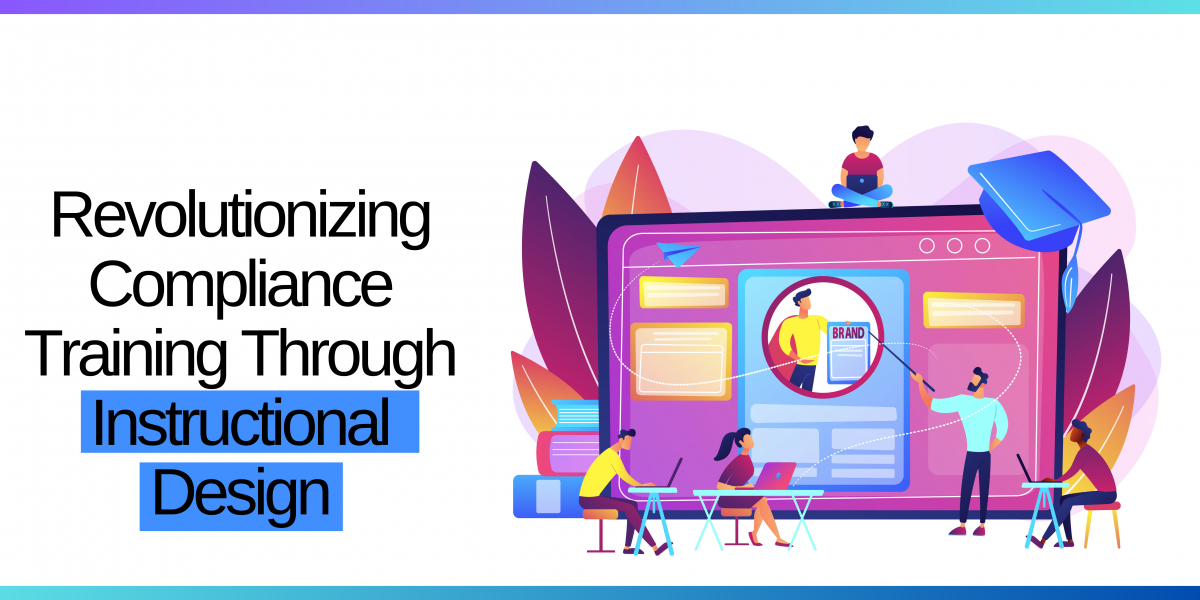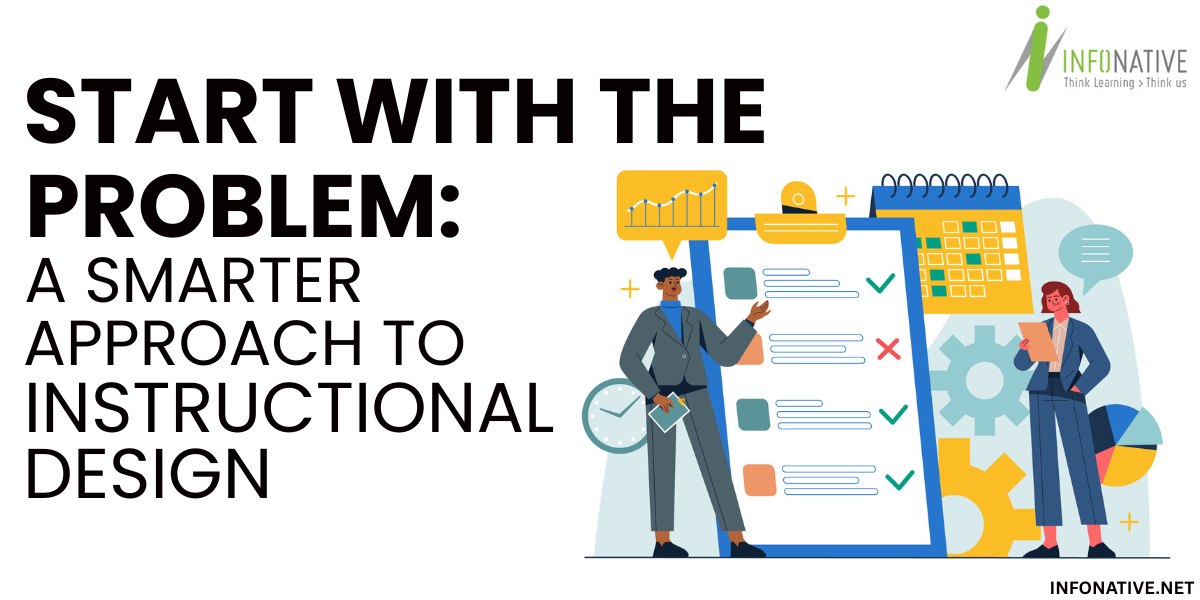In today’s fast-paced business world, compliance training is more critical than ever. Organizations need to ensure that their employees understand and adhere to regulations and standards to avoid legal issues and maintain ethical standards. However, traditional compliance training methods often fall short, leading to disengaged employees and ineffective learning. Instructional design offers a transformative approach to compliance training, making it more engaging, effective, and efficient. This article explores how instructional design can revolutionize compliance training.
Understanding Compliance Training
Compliance training involves educating employees about the laws, regulations, and company policies relevant to their job roles. It covers a range of topics, including data protection, workplace safety, anti-harassment policies, and industry-specific regulations. The goal is to ensure that employees understand and follow the rules to avoid legal consequences and foster a safe and ethical work environment.
The Challenges of Traditional Compliance Training
Traditional compliance training often relies on lengthy, text-heavy manuals or boring presentations. These methods can be dry, overwhelming, and disconnected from the real-world scenarios employees face. As a result, employees may find it difficult to retain information and apply what they’ve learned in their daily tasks. This lack of engagement and practical application can lead to non-compliance, putting the organization at risk.
The Role of Instructional Design
Instructional design is the systematic process of creating educational programs and materials. It focuses on understanding the needs of the learners, defining clear learning objectives, and developing engaging content that facilitates effective learning. By applying instructional design principles to compliance training, organizations can create programs that are not only informative but also engaging and memorable.
Key Principles of Instructional Design in Compliance Training
1. Learner-Centered Approach: Instructional design prioritizes the needs and experiences of the learners. In compliance training, this means creating content that is relevant to employees' roles and responsibilities. By understanding the specific challenges and scenarios employees face, instructional designers can create training materials that are practical and applicable.
2. Clear Learning Objectives: Effective compliance training starts with clear learning objectives. What should employees know and be able to do after completing the training? By defining specific, measurable objectives, instructional designers can ensure that the training program is focused and goal-oriented. This clarity helps employees understand the purpose of the training and what is expected of them.
3. Engaging Content: To keep employees engaged, instructional designers use a variety of content formats, including videos, interactive modules, and real-life scenarios. Storytelling is a powerful tool in compliance training. By presenting information through relatable stories and case studies, employees can see the relevance of the training and how it applies to their work.
4. Interactive Learning: Interactive elements, such as quizzes, simulations, and role-playing exercises, enhance engagement and retention. These activities encourage employees to actively participate in the learning process, apply their knowledge, and receive immediate feedback. For example, a simulation of a data breach scenario can help employees understand the steps they need to take to protect sensitive information.
5. Microlearning: Breaking down complex information into smaller, manageable chunks can make compliance training more digestible. Microlearning modules are short, focused lessons that employees can complete in a few minutes. This approach is particularly effective for compliance training, as it allows employees to learn at their own pace and reinforces key concepts over time.
6. Continuous Reinforcement: Compliance training should not be a one-time event. Continuous reinforcement through regular updates, reminders, and refresher courses helps employees stay up-to-date with evolving regulations and policies. Instructional designers can create a schedule of periodic training sessions and microlearning modules to ensure ongoing compliance.
Implementing Instructional Design in Compliance Training
1. Assess Training Needs: Start by conducting a thorough needs assessment. Identify the specific compliance requirements relevant to your organization and the gaps in your current training program. This assessment will guide the development of targeted training content.
2. Develop a Training Plan: Based on the needs assessment, create a comprehensive training plan. Outline the learning objectives, content topics, and delivery methods. Consider the different learning preferences and schedules of your employees to design a flexible and accessible training program.
3. Create Engaging Content: Use a variety of content formats to cater to different learning styles. Incorporate videos, infographics, interactive modules, and real-life scenarios. Ensure that the content is visually appealing, easy to understand, and relevant to the employees' roles.
4. Incorporate Technology: Leverage technology to enhance the training experience. Learning management systems (LMS) can deliver and track training modules, while mobile apps enable employees to access training on the go. Virtual reality (VR) and augmented reality (AR) can create immersive learning experiences for complex compliance topics.
5. Evaluate and Improve: Continuously evaluate the effectiveness of your compliance training program. Gather feedback from employees, track training completion rates, and assess knowledge retention. Use this data to identify areas for improvement and make necessary adjustments to the training content and delivery methods.
The Benefits of Instructional Design in Compliance Training
By applying instructional design principles to compliance training, organizations can achieve several benefits:
1. Increased Engagement: Engaging and interactive training content keeps employees interested and motivated to learn.
2. Better Retention: Clear learning objectives and practical applications help employees retain information and apply it in their daily tasks.
3. Reduced Risk: Effective compliance training reduces the risk of non-compliance, legal issues, and reputational damage.
4. Cost-Effectiveness: Well-designed training programs can be more cost-effective in the long run, as they reduce the need for repeated training sessions and minimize the risk of compliance violations.
Conclusion
Revolutionizing compliance training through instructional design is a strategic approach that benefits both employees and organizations. By creating engaging, relevant, and effective training programs, instructional designers can help organizations foster a culture of compliance and ethical behaviour. Investing in well-designed compliance training not only protects the organization from legal risks but also empowers employees to perform their roles with confidence and integrity.




